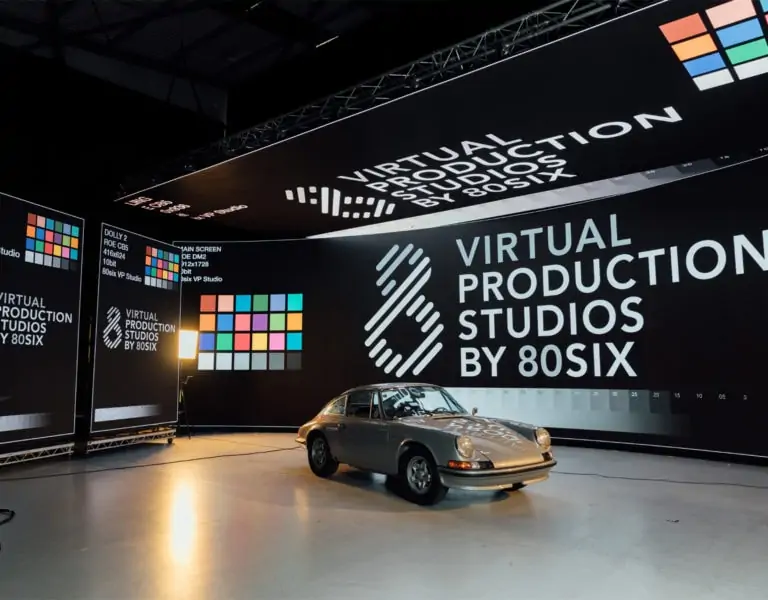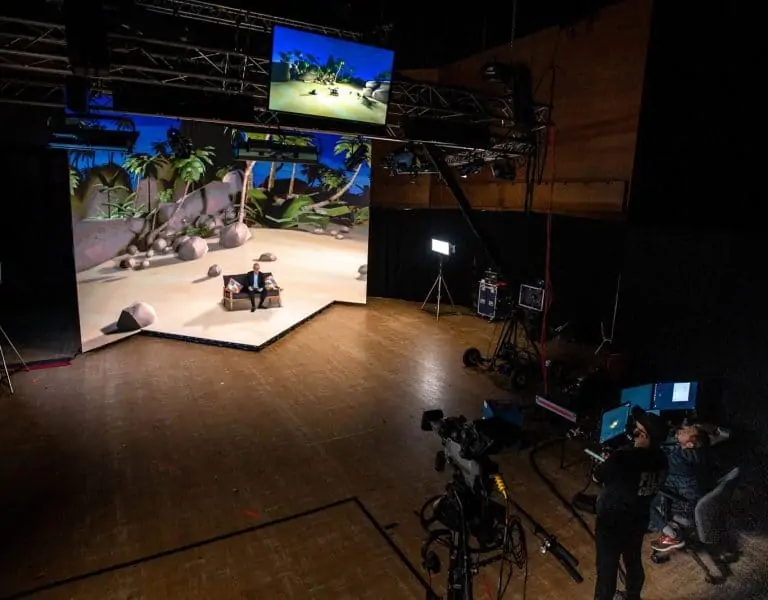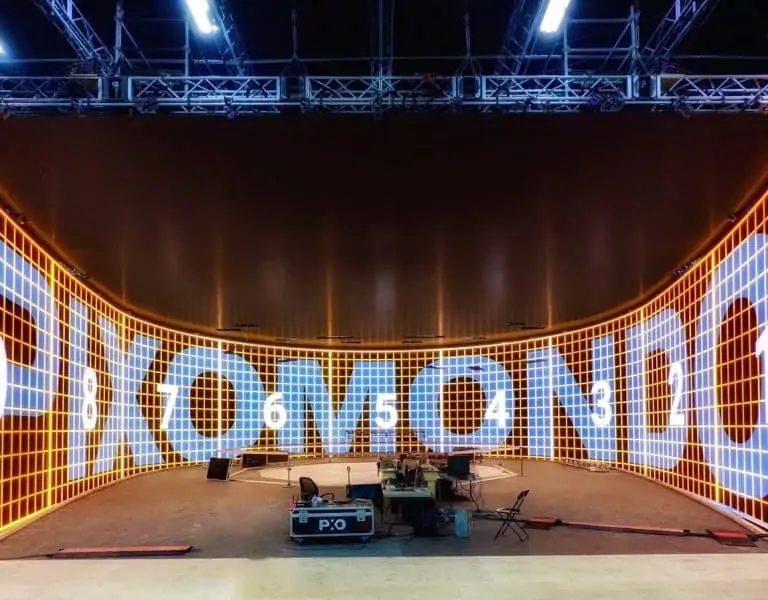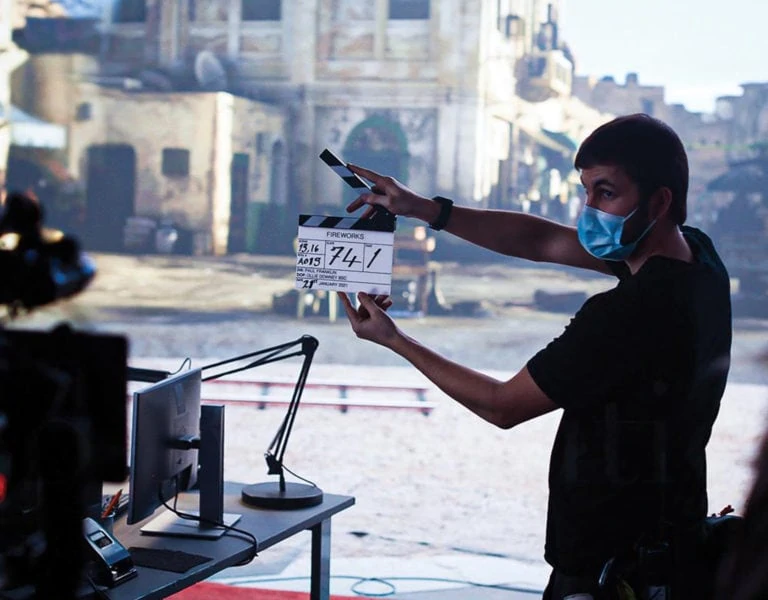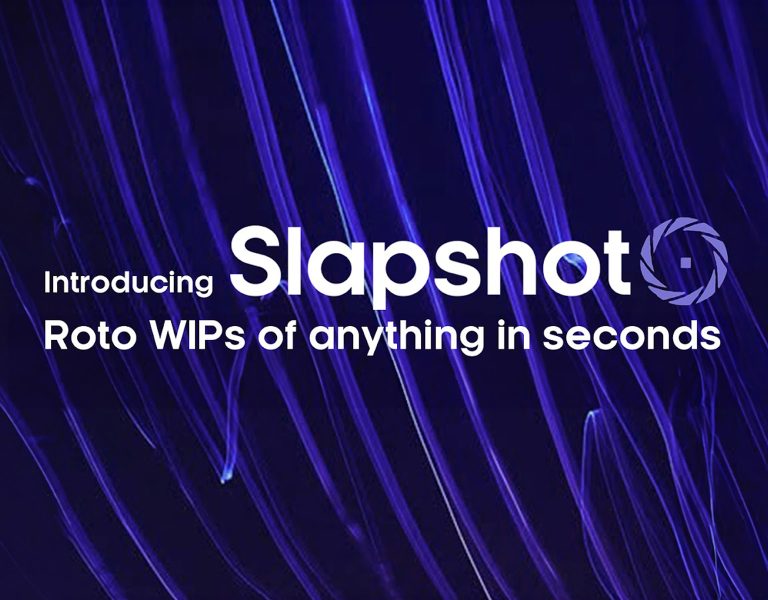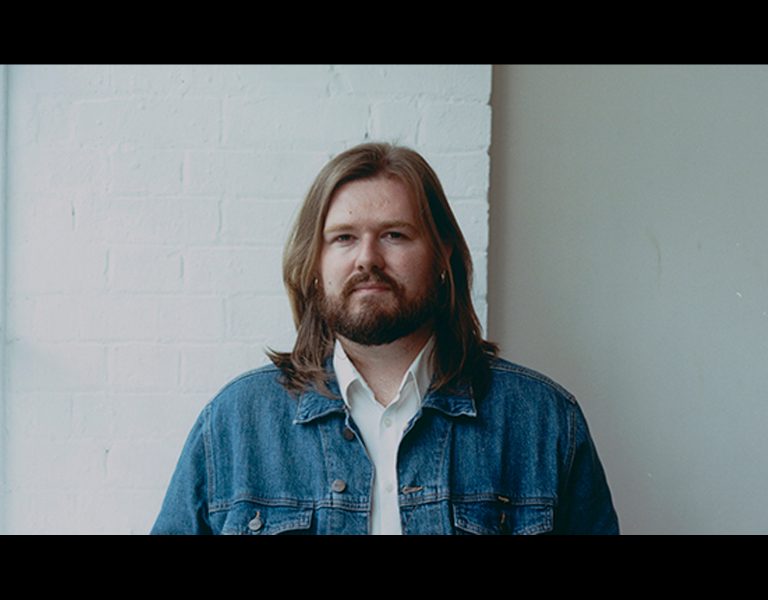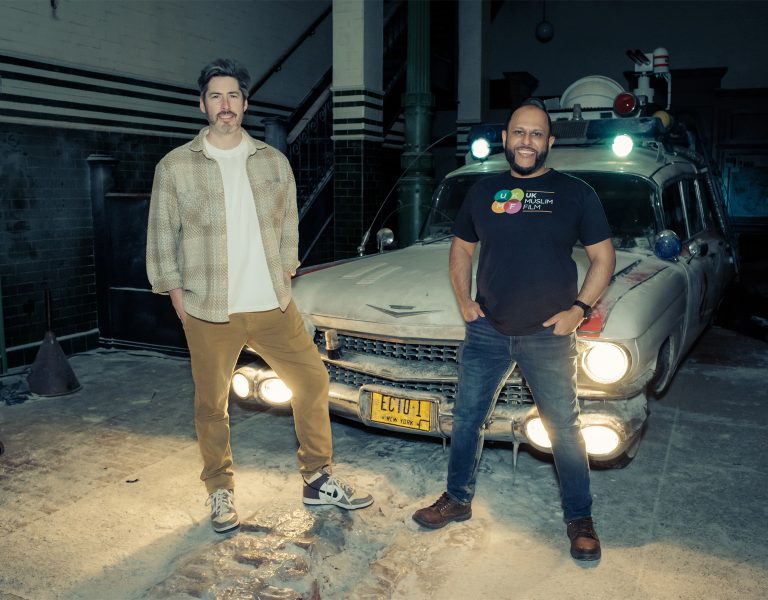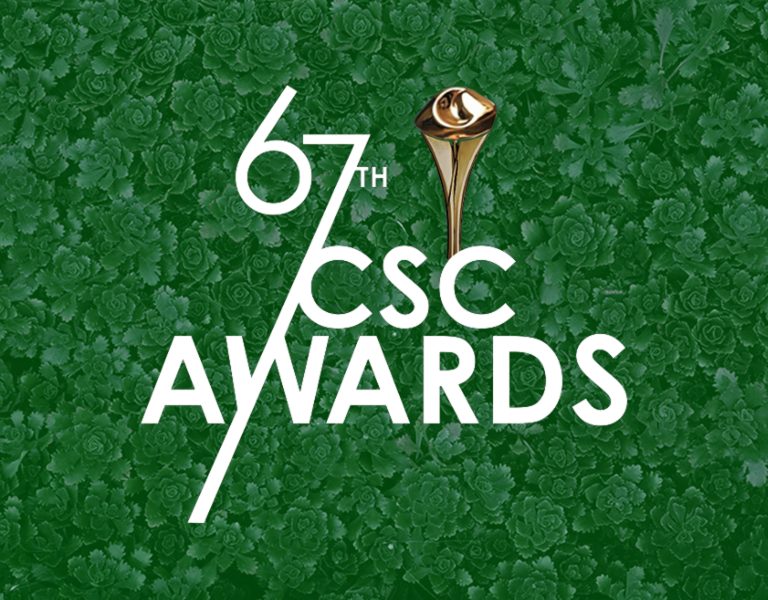
Award-winning independent visual effects studio, Lexhag VFX is one of the first facilities in the UK to embark on the journey of virtual production and since the very beginning, they have been using Mistika Technology in their workflow. Let’s see how.
Having extensive experience with props, miniatures, camera tricks, on-set effects projection and overall post-production process, virtual production has been a natural progression for Lexhag VFX, says its founder and visual effects supervisor Alexis Haggar. “We started by designing and building our own VP setup specifically for vehicles using funding that we won from an innovation grant. We created two POC’s, working with our partners; they supplied the film producing resource, and we supplied our image/VFX resource.”
At that time, the team started to introduce Mistika Technology into their pipeline, commencing with Mistika VR to create a hybrid VP workflow. “We captured our plates using very high resolution 360° cameras and used MVR to deliver the 360° material which was used in the composite. These days we have several Mistika Boutique seats because it offers many more advanced features and integrates well with our existing VFX pipeline.”
Seamless integration with VFX
Mistika Technology offers the most powerful Optical Flow stitching tool on the market, enabling quick and easy creation of 360º media, including dailies. Smooth integration with the VFX pipeline is one of the essential aspects when designing the VPX workflow, and some of the recent developments done to both – Mistika VR and Boutique are facilitating the communication with other compositing solutions, such as Nuke for example. ST Maps can be easily imported and exported, providing all the stitch information including geometry and optical data. Another great feature coming in the upcoming release is custom crop and render resolution, compatible with any VR set.
In Alexis’ view, Mistika Boutique is “brilliant” at the heavy lifting of delivering hours of array material. For him it is still very much a finishing suite, but has a very unique toolset, not seen in other systems. It works very well with the other key tools and complements the VFX/Online workflow very well. “For example, in certain shots, we don’t need to leave the Mistika environment; it’s capable of conforming, FX finishing and delivering and does it with some speed. I’m used to a VFX toolset but have experience in the picture post-world; I see Mistika as a product that connects to both very well.”
In addition to offering professional FX and finishing tools with the ability to communicate with other compositing solutions, another great argument to use Mistika Boutique for VPX, is the fact that it offers advanced professional grading toolset, supporting all the industry standard colour management pipelines, including ACES.
VPX is here to stay
“I think the future is bright for VP. The market will level and will find its place. The industry will gain experience and know what kind of tech it needs to complete what shots. Different configurations of volumes will become tools for jobs,” adds Alexis who thinks that the elephant in the room has been content.
3D real-time content is still quite time consuming and resource hungry to create large real-time levels. “Our studio has seen a lot of 2D content being used, Mistika has been a part of our workflow to deliver this. I think there’s more to come from this world; Essentially, what we want in 2D is depth and that’s what Stereo gave us. It will be interesting to see the evolution of the volume capture and how the finishing suites will adapt to that.”

